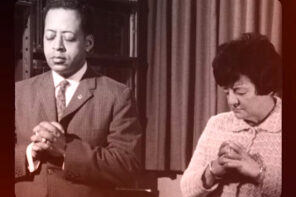“We’ve entered a new age of Biblical epics!” says everyone, and it’s probably true: not only is Hollywood suddenly churning these out like hotcakes (or manna?), but people are actually flocking to see them. In my last post, I talked about the possibility of an Adam and Eve blockbuster, which has never really been attempted. But Noah, which opens Friday, was done as a big-budget mega-film once before, in 1929.
Called Noah’s Ark, it was directed by Michael Curtiz, whose impressive list of credits would later include Casablanca. Like the new film directed by Darren Aronofsky, it was ridiculously expensive to make and plagued by production disasters. The similarities don’t quite end there, but it’s the differences that may be most illuminating.
First off, a disclaimer: I have not seen an advance screening of Noah, nor have I seen Noah’s Ark. Regarding the latter, I have an extremely valid excuse, which is that half the film (like hundreds of other silent films) is lost to history, and the existing 75-minute restoration appears to be out of print. I’m going with what we know about both films from critics and historians, and that’s actually quite a lot.
Noah’s Ark is usually referenced today in conversations about the hazards of filmmaking, particularly in Hollywood’s early, unregulated days. Michael Curtiz was a famously rude and possibly sadistic director. He shot the flood scene below by cramming a few hundred unsuspecting extras on a soundstage and dumping five hundred thousand tons of water on them. This resulted in the severe injury or death of at least two actors, depending on which source you trust.




